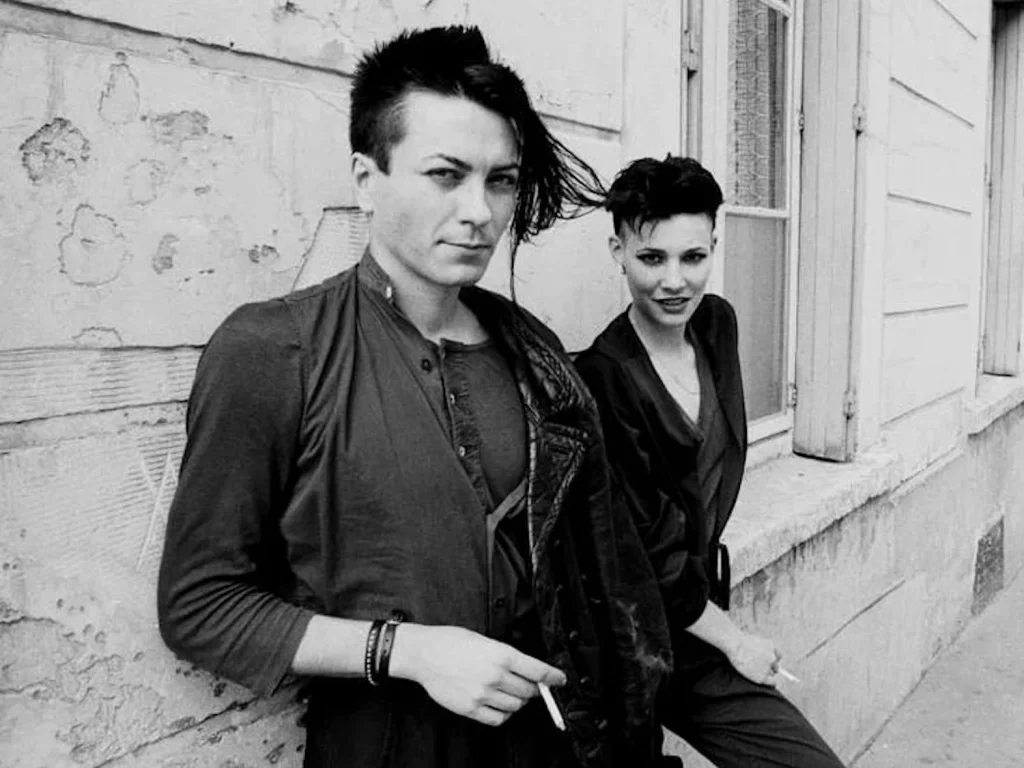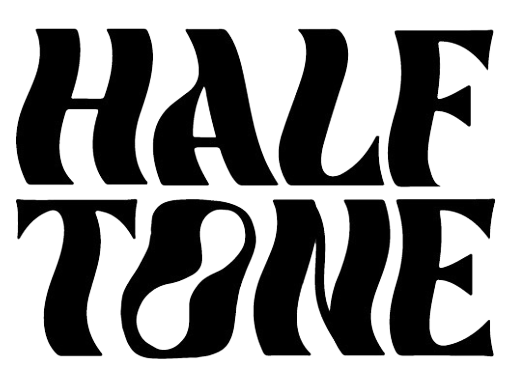
What is Cold Wave Music?
Table of Contents
Understand the history of Cold Wave music! Discover the origins, history, examples of Cold Wave bands such as Kas Product and more.

Introduction to Cold Wave Music
Cold wave is a genre marked by its stark minimalism, detached vocals, and early electronic instrumentation.
Emerging from the post-punk landscape of late 1970s Europe, cold wave is often conflated with dark wave but possesses a distinct sonic and ideological profile. Rooted in analog experimentation and a do-it-yourself (DIY) ethos, cold wave stands as a unique musical movement.
Characteristics of Cold Wave Music
Cold wave is characterized by a “colder” and more controlled sound than its punk predecessors.
The genre heavily relies on synthesizers and drum machines, eschewing traditional guitar-driven structures.
Lyrical content often explores themes of alienation, isolation, and urban decay, mirroring the social anxieties of the era.
The History of Cold Wave Music
The term “cold wave” first surfaced in a 1977 issue of the UK music publication Sounds, used to describe the electronic sound of Kraftwerk.
The scene gained momentum in the late 1970s and early 1980s, particularly in France, Belgium, and Poland. French music press coined the term la vague froide to describe the sound of bands like Marquis de Sade.
The genre’s growth was fueled by the availability of affordable synthesizers like the Korg MS-20, allowing bands to experiment with electronic sounds.
Cassette culture played a vital role in disseminating the genre, with labels like Alain Neffe’s Insane Music connecting artists across Europe.
The Meaning of Cold Wave Music
Cold wave is not easily defined by a singular meaning but rather as a confluence of sonic and thematic elements.
The “cold” in cold wave refers to the detached, almost mechanical nature of the music and the icy, distant emotional landscape it creates.
The music reflects the anxieties of the post-industrial era and the growing sense of alienation within urban environments.
Cold Wave vs. Dark Wave: Key Differences
While both genres share a sense of melancholy and a reliance on synthesizers, key differences exist:
Minimalism vs. Atmosphere: Cold wave is generally more minimalist and angular, while dark wave incorporates more layered sounds and atmospheric intensity.
Instrumentation: Cold wave is rooted in the starkness of early electronics, whereas dark wave often includes more traditional instruments.
Emotional Tone: Cold wave maintains a detached, mechanical feel, whereas dark wave leans into gothic and romantic elements.
Notable Cold Wave Bands & Groups
Several bands helped define the cold wave sound:
Marquis de Sade
Asylum Party
KaS Product
Martin Dupont
Les Provisoires
Twilight Ritual
Siouxsie and the Banshees (early work)
The Sound of Cold Wave
Cold wave is characterized by several distinctive elements:
Minimalist arrangements
Detached, monotone vocals
Use of analog synthesizers and drum machines
Repetitive, driving rhythms
A sense of starkness and isolation
The Influence of Kraftwerk
The German electronic group Kraftwerk played a pivotal role in shaping the cold wave sound.
Their use of synthesizers and drum machines, as well as their minimalist approach to composition, provided a blueprint for many cold wave bands.
The Do-It-Yourself (DIY) Ethos
Cold wave was deeply rooted in a DIY ethos. Bands often recorded and released their own music and relied on independent labels and cassette culture to reach their audience.
This underground approach helped solidify the genre’s authenticity and raw aesthetic.
Key Cold Wave Acts
KaS Product: Icy Electronic Precision
KaS Product, a duo from Nancy, France, stands as a pivotal act in the cold wave movement. Their sound, defined by the stark, minimalist interplay between Mona Soyoc’s detached vocals and Spatsz’s precise electronic rhythms, pushed the genre into even icier territories.
Releases like Try to Relax (1982) and So Young But So Cold (1980) showcase their ability to craft intensely atmospheric and unsettling music using only synthesizers and drum machines.
Marquis de Sade: The French Vanguard
Marquis de Sade, hailing from Rennes, France, were instrumental in the early development of cold wave. Their 1979 album Dantzig Twist is often cited as a cornerstone of the genre.
The band’s sound was marked by Philippe Pascal’s intense, often theatrical vocals, and the band’s use of sharp, angular guitar riffs alongside early synthesizer textures.
Tracks like “Conrad Veidt” and “Wanda’s Loving Boy” exemplify their ability to create dark, brooding soundscapes that were both experimental and deeply evocative.
The Legacy of Cold Wave
Despite its relatively brief period of mainstream attention, cold wave has had a lasting influence on subsequent genres, including synth-pop, industrial music, and modern electronic music.
Its minimalist aesthetic and emphasis on analog sounds continue to resonate with contemporary artists. The stark and often bleak, but artistic sound, still influences musicians today.
For more in-depth discussions on cold wave and related genres, check out Halftone Magazine’s latest articles or explore more content on Halftone Magazine’s YouTube channel.
Related Posts


